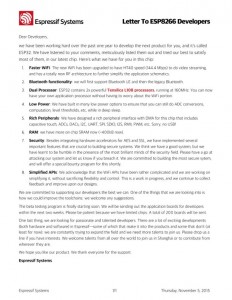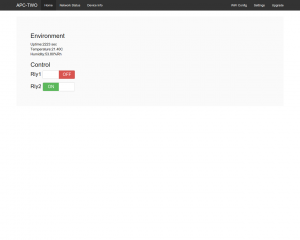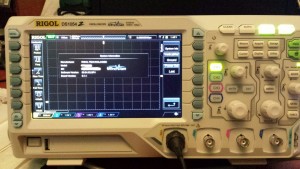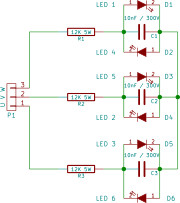How to Test NMEA Speaking Hardware Devices
The Hardware Testing Challenge
When developing hardware, the challenging phase begins after the prototype is designed and PCBs are manufactured. The easy part—conceptualization and board design—is behind you. What follows is infinitely harder:
- Making boards electrically alive and verifying proper operation with electrical jigs and test equipment
- Programming and validating firmware behavior
- Testing the complete system’s functionality under real-world conditions
- Building the infrastructure—both hardware and software—to support comprehensive testing
For devices communicating via NMEA protocols, this challenge is compounded by the complexity of marine electronics standards and the difficulty of simulating real maritime data streams.







